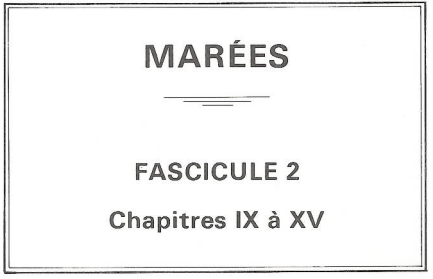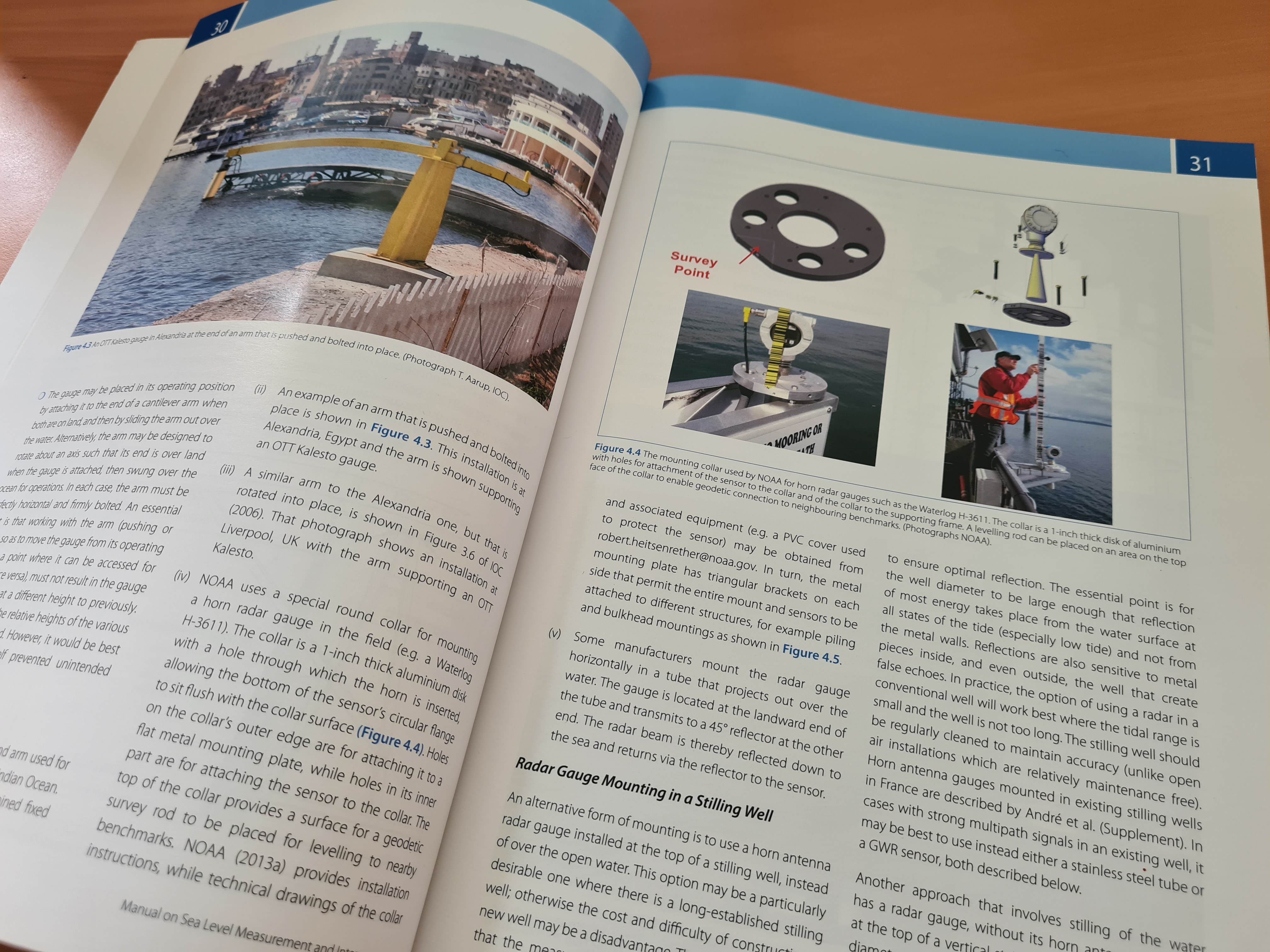
Filtrer les publications
Changing Sea Levels - Effects of Tides, Weather and Climate
Flooding of coastal communities is one of the major causes of environmental disasters world-wide. This textbook explains at a basic level, how sea levels are affected by astronomical tides, by weather effects that generate extreme flooding events, and over the longer term by ocean circulation and climate trends. It also indicates how sea level changes are related to changing risks, coastal dynamics, geology and biology; and outlines some of the economic and legal implications.
D. T. Pugh
Cambridge University Press

Mesure du gradient de température dans le puits du marégraphe de Penfeld (Brest)
La mesure du niveau des mers est essentielle non seulement pour effectuer des prévisions marégraphiques, mais également pour des recherches plus récentes telles que l'étude de la montée du niveau moyen des mers. Le marégraphe de la Penfeld, à Brest, fonctionne selon le principe du sonar : Ia hauteur d'eau est déduite du temps de parcours dans l'air d'une onde ultrasonore. L'existence d'un gradient de température dans l'air surplombant la surface de l'eau est susceptible de fausser Ies mesures.
O. Devauchelle
Shom
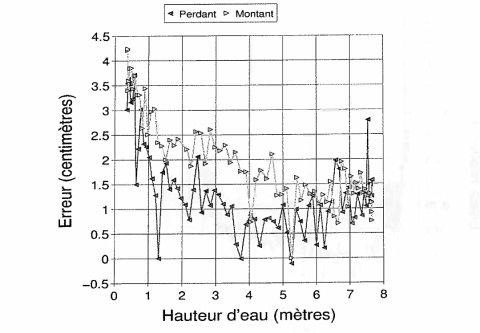
Data analysis methods in physical oceanography
Data Analysis Methods in Physical Oceanography is a practical reference guide to established and modern data analysis techniques in earth and ocean sciences. This second and revised edition is even more comprehensive with numerous updates, and an additional appendix on 'Convolution and Fourier transforms'.
R. E. Thomson, W.J. Emery
Elsevier
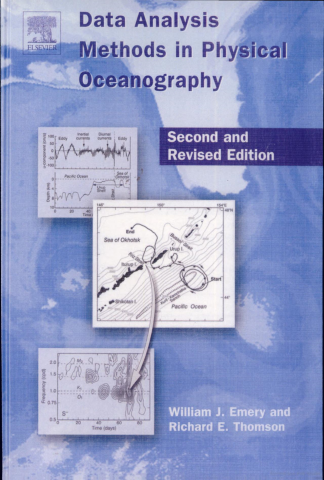
Sea Level Rise - History and Consequences
This book describes both clearly and in detail the complexity behind the deceptively simple subject of sea level rise, a topic of considerable scientific interest and increasing economic importance.
B. C. Douglas, M.S. Kearney, S.P. Leatherman
Academic Press, International Geophysics Series, Vol. 75
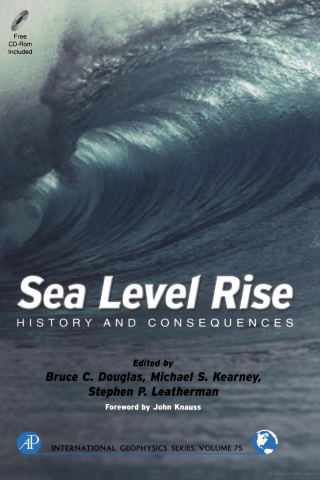
Manual on sea level measurement and interpretation - Volume III - Reappraisals and Recommendations as of the year 2000
At the sixth meeting of the GLOSS Group of Experts in Toulouse in 1999, the decision was made to embark on a partial-rewriting of the two old volumes into a new document (Volume 3) which would update the information on the rapidly developing different technologies and which would provide updates to other information on GLOSS. The decision was made for two main reasons. First, it is clear that there will be a need for a considerably greater amount of sea level-related training in the next decade as programmes such as C-GOOS add to the requirements of GLOSS.
Commission océanographique internationale
UNESCO
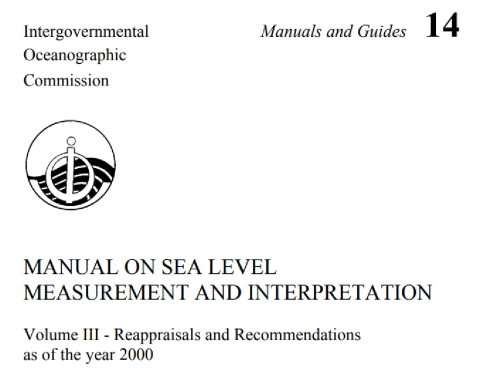
Tides - A Scientific History
This book, first published in 1998, provides a history of the study of the tides over two millennia, from the primitive ideas of the Ancient Greeks to present sophisticated space-age techniques. Tidal physics has puzzled some of the world's greatest scientists and mathematicians: amongst many others, Galileo, Descartes, Bacon, Kepler, Newton, Bernoulli, Euler, Laplace, Young, Whewell, Airy, Kelvin, G. Darwin, H. Lamb, have all contributed to our understanding of tides.
D. E. Cartwright
Cambridge University Press
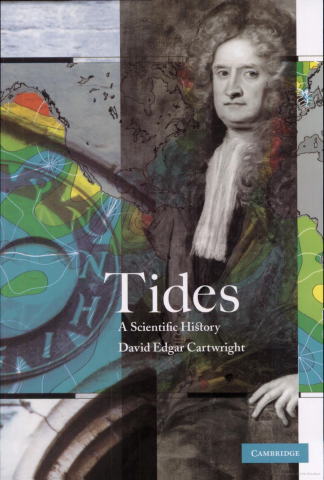
Manual on sea level measurement and interpretation - Volume II - Emerging Technologies
In 1985 the Intergovernmental Oceanographic Commission (IOC) published its Manual on Sea Level Measurement and Interpretation (Manuals and Guides No. 14 UNESCO). This new publication is complementary to the previous version, extending and updating the material on measurements.
Commission océanographique intergouvernementale
UNESCO
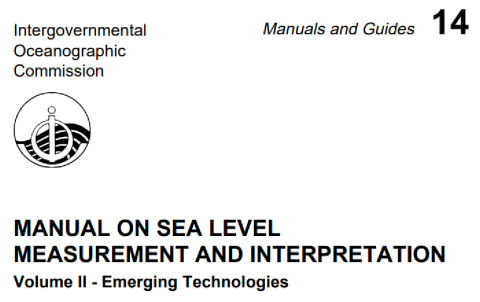
Tides, Surges and Mean Sea-Level : a Handbook for Engineers and Scientists
Moving water has a special fascination, and the regular tidal movements of coastal seas must have challenged human imagination from earliest times. Indeed, the ancients who were able to link the regular movements of the sea to the movements of the sun and moon regarded tides as a tangible terrestrial manifestation of the powers of the celestial gods. For them the tides had religious significance; for us there are obviously many practical and scientific reasons for needing to know about and understand the dynamics of the oceans and coastal seas.
D. T. Pugh
John Wiley & Sons
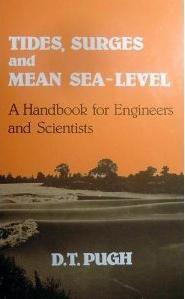
Marées - Fascicule 2 - Chapitres IX à XV
L’étude de la marée peut être abordée de deux points de vue complémentaires : le premier, à partir de notre connaissance du comportement du milieu physique, essaie de procéder à une quantification du phénomène indépendamment de toute observation. Le second, beaucoup plus pratique, s’appuie sur la régularité des marées, liée directement à celle des actions de la lune et du soleil, pour déduire d’observations en un lieu donné des prédictions valables en ce lieu et dans son voisinage immédiat.
G. Bessero
Shom
